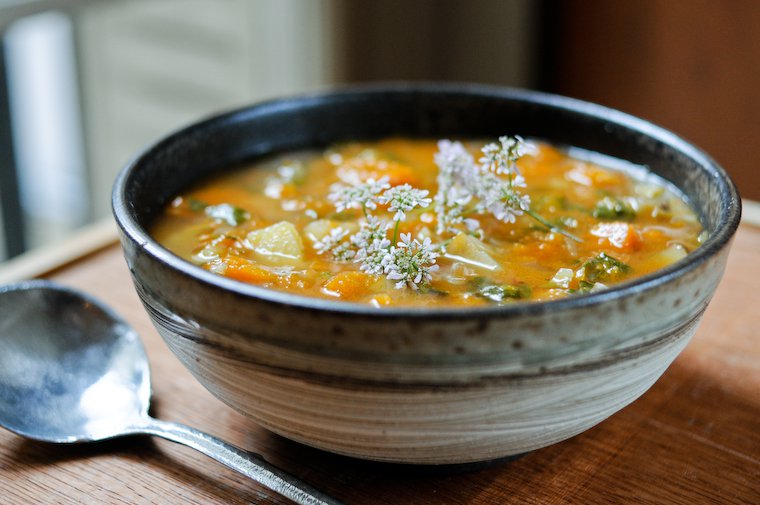We bet you are very familiar with food cravings – the urge to devour a block of Dairy Milk after an argument, the need to have a burger – nothing else will do! – for dinner tonight, the need for something sweet after lunch… the list goes on and on!
But in most cases, food cravings are not our friend, especially when it comes to weight loss! So how do we ‘beat’ them?
Firstly, let’s understand what food cravings are. You may have read in the past that food cravings are a sign of nutritional deficiency. For example, it’s often claimed that chocolate cravings are the result of a magnesium deficiency. This theory has been supported by reports that sailors who fell victim to scurvy had intense cravings for fresh fruit and vegetables. However, there is no other evidence to support these claims. And if it were true, our bodies would not be demanding pizza and potato chips!
Furthermore, food cravings are rarely due to hunger. When you’re experiencing ‘true hunger’, a wide variety of foods are likely to satisfy you. When you’re experiencing food cravings, only a select food, or foods, will satisfy you.
In fact, cravings are usually related to EMOTIONAL rather than physiological needs. In other words, you are more likely to crave chocolate for the comfort and ‘serotonin hit’ it gives, especially after a stressful day at work or with the kids! Cravings often reflect HABIT – for example, the sweet biscuits you ‘must’ have with afternoon tea, a routine you’ve enjoyed for many years.
Cravings may also develop when following an OVER-RESTRICTIVE OR UNBALANCED DIET, or LACK OF SLEEP.
It’s perfectly OK to indulge in your cravings every now and again – your ‘soul’ will thank you for it! But if you’re giving into cravings almost daily, we have 9 strategies to help you conquer them.
1.Replace refined carbohydrates with wholegrain alternatives
Research has shown that if we eat low fibre, refined carbohydrates such as white bread, white rice or sugar, we will crave more of these foods later on. Why? These foods cause our blood sugar levels to spike, then rapidly drop, signaling to our brain that more ‘sugar’ is needed.
Instead of choosing refined carbohydrates and sugars, opt for low GI wholegrains and starchy vegetables that will keep your blood sugar levels stable between meals. For example, heavily seeded breads, oats, quinoa, sweet potato, and lentils.
2. Spread your protein intake throughout the day
Foods high in protein are most effective for neutralizing ghrelin, a hormone that stimulates hunger and cravings. Furthermore, protein reduces the speed at which carbohydrates in your meal are absorbed, keeping your blood sugar levels stable for longer. Lastly, a full stomach can help to reduce cravings, and proteins are proven to be the more satisfying than fats and carbohydrates, according to a ‘Satiety Index’ of foods.
Most of us succeed at including protein-rich foods at dinner, but in order to reduce cravings during the day, consider your breakfast and lunch options too. Think eggs, Greek yoghurt, cottage cheese and nuts in the morning. At lunchtime, consider adding tuna, chicken, legumes or cheese to your sandwich or salad. Snack on crackers with cheese or tuna, boiled eggs, yoghurt and nuts in the afternoon, before the 4pm ‘sugar-o-clock’ hits.
3. The ‘3–hour rule’
This rule is perfect for mid-afternoon cravings. On average, a balanced main meal containing low GI carbohydrates, lean protein and vegetables should keep your blood sugars stable and your tummies full for at least 3 hours. So, remind yourself that you don’t need food during this timeframe! If your next main meal is only 4 hours after, you may not need to snack at all between meals.
4. Eat your meals mindfully
If you read the paper, watch TV or work during your main meals, you are less likely to feel ‘emotionally’ satisfied after eating. And – you may seek that ‘food pleasure’ with a chocolate bar soon after. Try eating mindfully – consciously enjoying every mouthful – and see whether your cravings disappear!
5. Prioritise sleep
Cravings can be our body’s way of telling us we lacking in energy, and it may be unrelated to food choices. Lack of sleep, for example, has been shown to increase sugar cravings throughout the day. Researchers from the University of Chicago recently demonstrated that people who had a good night’s sleep ate 400 less calories from snacks in the afternoon. It makes sense; sugar is the fastest form of available energy.
Aim for 7-8 hours of quality sleep each night. To help you achieve this, plan to go to bed at a reasonable hour, and start practicing your ‘sleep hygiene’ routine about 60 minutes prior. We recommend switching off all electronics, dimming lights, reducing noise levels, and doing calming activities such as reading a book. Exercising during the day may also help to improve sleep quality
6. Create a list of other activities
Many of us ‘crave’ foods as a way of coping with certain emotions, such as boredom, stress, anger or sadness. Often, eating will not properly address these situations; just delay them for a short time. It may even make these feelings worse. Try and ‘call out’ your food cravings for what they really are – a coping strategy – and create a list of alternative coping strategies, such as reading a book or going for a walk.
7. Remove your ‘trigger’ foods from eyesight
Until you are confident with ‘beating’ your cravings, it may be easier to avoid coming into contact with foods that ‘trigger’ you. We suggest removing them from the house, and not opening the work pantry!
8. Keep accountable
The most successful strategies for managing cravings include an element of accountability, according to the consumer review team at Choice. Try keeping a food diary, joining a facebook group, or checking in with friends, family or even a dietitian. You may feel less inclined to ‘give in’ to your cravings if you need to report it!
9. Contingency plan
When all else fails, be prepared with a list of low calorie snacks that may be ‘acceptable’ alternatives to what you usually crave. For example – yoghurt with fruit or honey instead of ice cream, homemade oat and banana biscuits instead of Anzac biscuits, and roasted chickpeas instead of potato chips.



